10 Best Value ETFs to Buy for Bundled Bargains
Value stocks are finally having their day, and many expect the run to continue. These are the best value ETFs to leverage this long-awaited revival.
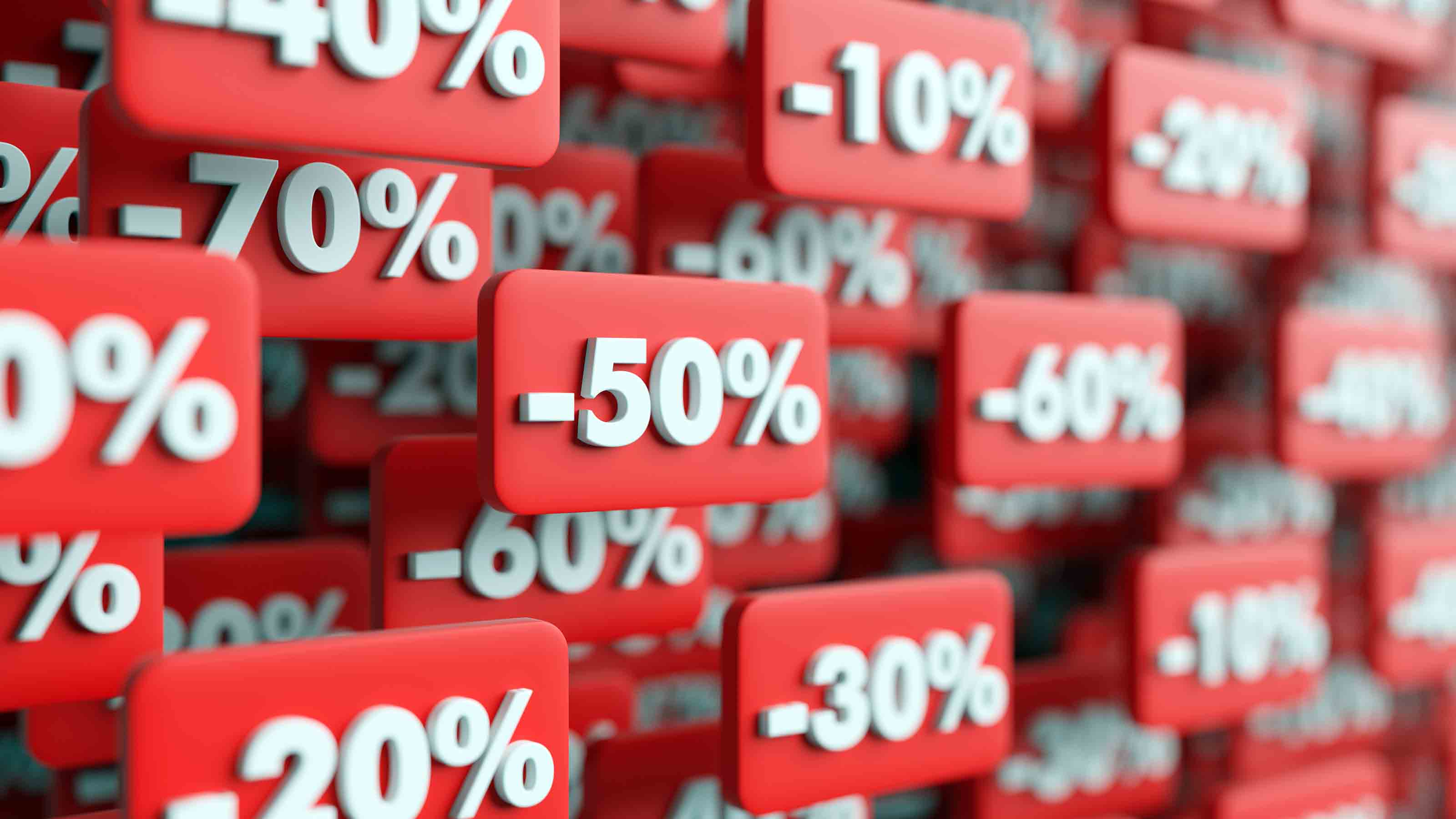

Value stocks are finally having their day, and that has meant great things for a host of long-maligned value exchange-traded funds (ETFs).
Up until last year, growth had spent more than a decade running up the score against value stocks. However, once 2020 got into its late innings, Wall Street became optimistic about COVID-19 vaccine progress and stimulus measures re-energizing the economy. That began a sizable investor rotation out of growth and into value – one that has powered flows into a number of the market's best value ETFs, and that many investors expect to continue as Americans become increasingly immunized.
ETFs have broadly continued to gain in popularity, with global assets recently surpassing the $6 trillion mark for the first time, according to research and consultancy firm ETFGI. Helping fuel much of those gains here at home have been U.S. value ETFs, which at one point enjoyed an 11-week streak of inflows.
And numerous analysts continue to be bullish on value.
"We believe the next leg of the equity rally will be driven by value stocks, and small and mid-cap segments of the market," says Andrea Bevis, senior vice president, UBS Private Wealth Management. "Despite recent tech strength, investors should diversify beyond mega-cap tech companies and rotate into cyclical and value-oriented areas of the market that should continue to benefit from higher yields and a broadening economic recovery."
While some investors might prefer to pick out individual value stocks, others looking to reduce their risk might want to consider value ETFs instead. Exchange-traded funds allow investors to tap into dozens, even hundreds of value-priced equities, typically at just a few dollars in management fees annually.
Read on as we examine 10 of the best value ETFs you can buy. This list should include value flavors for just about any appetite, whether you're looking for large caps, smaller firms, international companies or even a personal values-based approach.
Disclaimer
Data is as of May 13. Yields represent the trailing 12-month yield, which is a standard measure for equity funds.
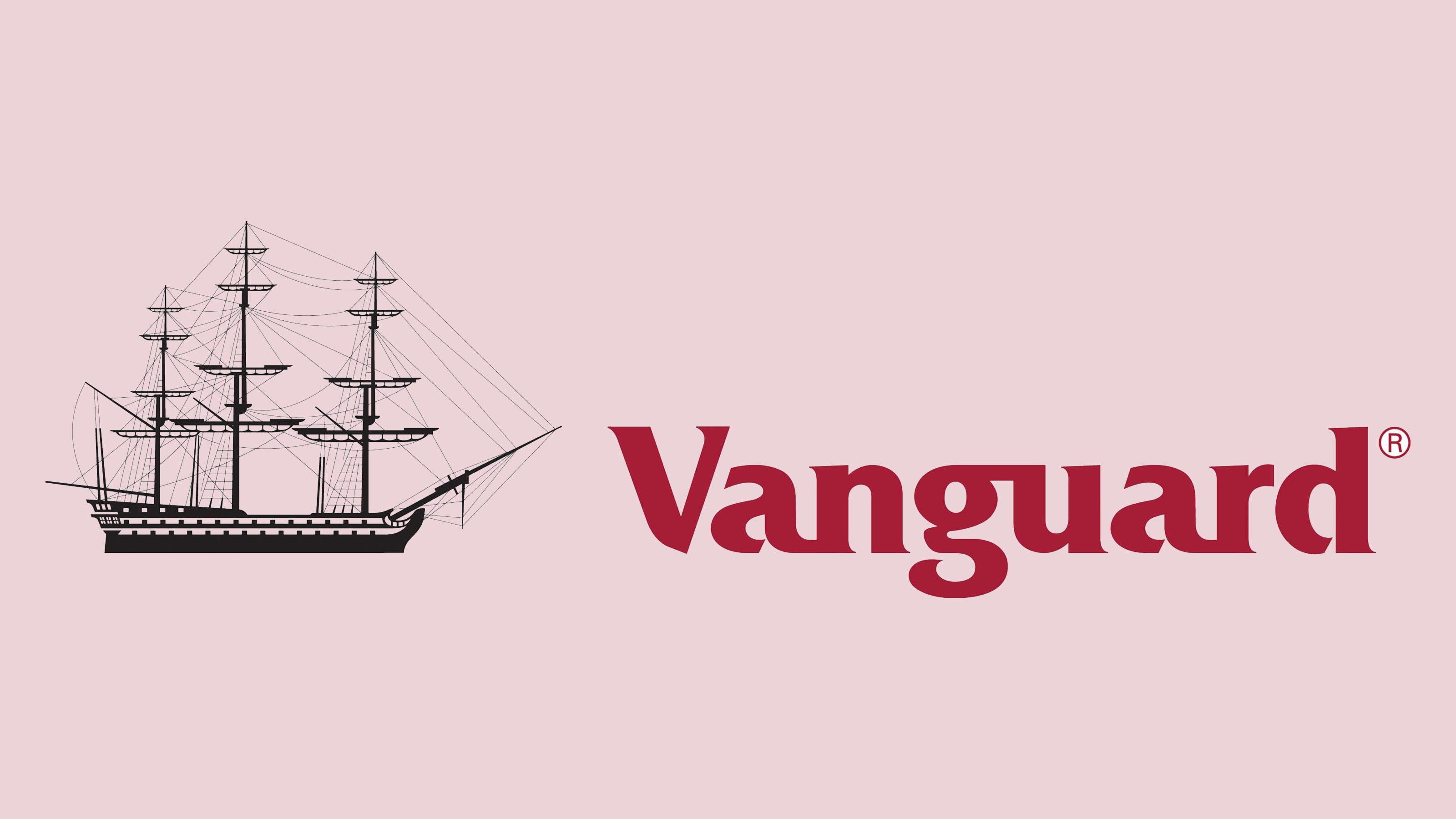
Vanguard Value ETF
- Assets under management: $80.1 billion
- Dividend yield: 2.2%
- Expenses: 0.04%, or $4 annually on $10,000 invested
We'll start out with one of the largest and lowest-cost options in the space, which typically means a look at a Vanguard ETF.
In this case, the Vanguard Value ETF (VTV, $138.62) is the largest among value ETFs by about $25 billion in assets, and it's tied with a few category funds as the cheapest, at just 4 basis points (a basis point is one one-hundredth of a percent).
You get a diversified portfolio of more than 330 U.S. stocks that are selected based on a variety of value metrics, including price-to-book (P/B), historic price-to-earnings (P/E), forward price-to-earnings (forward P/E), price-to-dividend (P/D) and price-to-sales (P/S).
VTV has a large-cap tilt. Sixty-two percent of the fund's assets invest in large companies such as top holdings Berkshire Hathaway (BRK.B), JPMorgan Chase (JPM) and Johnson & Johnson (JNJ). Another quarter of the fund is dedicated to mid-cap stocks, with the remaining 8% in small caps.
Financials are the greatest sector weight in VTV at 23% of assets, followed by healthcare – which often straddles the line between value and growth – at 18%, industrials (14%) and consumer staples (10%).
VTV is inexpensive and straightforward, making it a high-quality core holding for investors seeking value exposure.
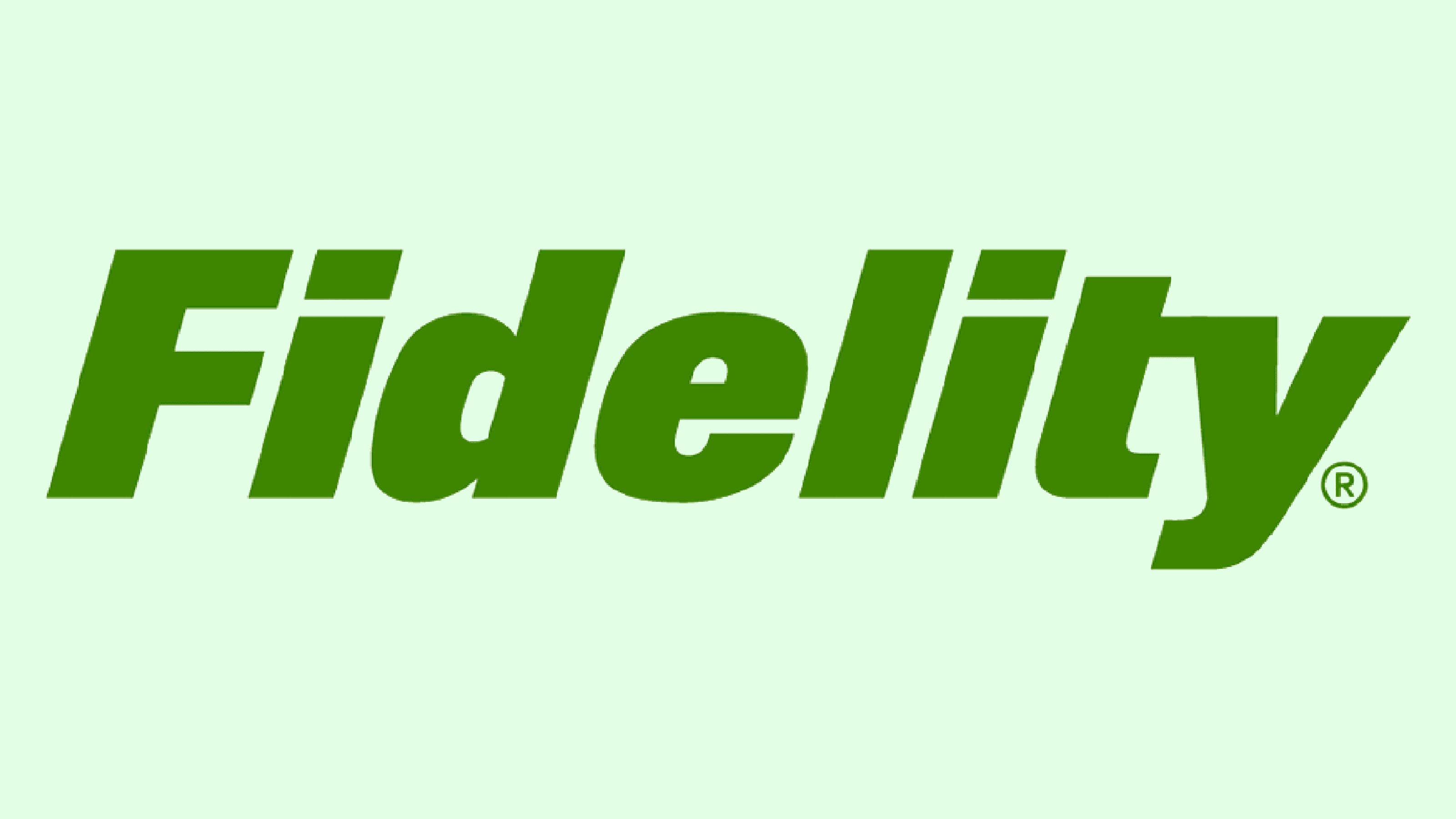
Fidelity Value Factor ETF
- Assets under management: $382.1 million
- Dividend yield: 1.3%
- Expenses: 0.29%
The Fidelity Value Factor ETF (FVAL, $47.21) is another bundle of value stocks with a different makeup and a different way of getting there.
FVAL is based on the Fidelity U.S. Value Factor Index, which uses four metrics equally to determine attractively valued companies: free cash flow (FCF) yield, enterprise value (EV)-to-earnings before interest, taxes, depreciation and amortization (EBITDA), price-to-tangible book value, and forward P/E. In the case of banks, it uses a 50-50 blend of price/tangible book and forward P/E.
The portfolio itself is a little more spread out across company size – 74% of assets are invested in large caps, versus 19% in mid-caps and a mere 3% in smalls.
But perhaps more striking is the heaviest weight in the portfolio: information technology (27%), which is traditionally considered a growth sector. Top holdings – including Apple (AAPL), Microsoft (MSFT), Amazon.com (AMZN) and Google parent Alphabet (GOOGL) – look like what you'd typically see atop a blended large-cap fund.
There's a good lesson here: Some funds determine value differently, so it pays to check under the hood. That's not to say that FVAL's way of gauging value is any better or worse than VTV or the rest of the value ETFs on this list … it's just to say that you should always check out what's under the hood.
To Fidelity Value Factor's credit, this methodology has worked out for the young fund, which came to life in September 2016. Its three-year average annual return of 15.1% is better than 89% of its peers.
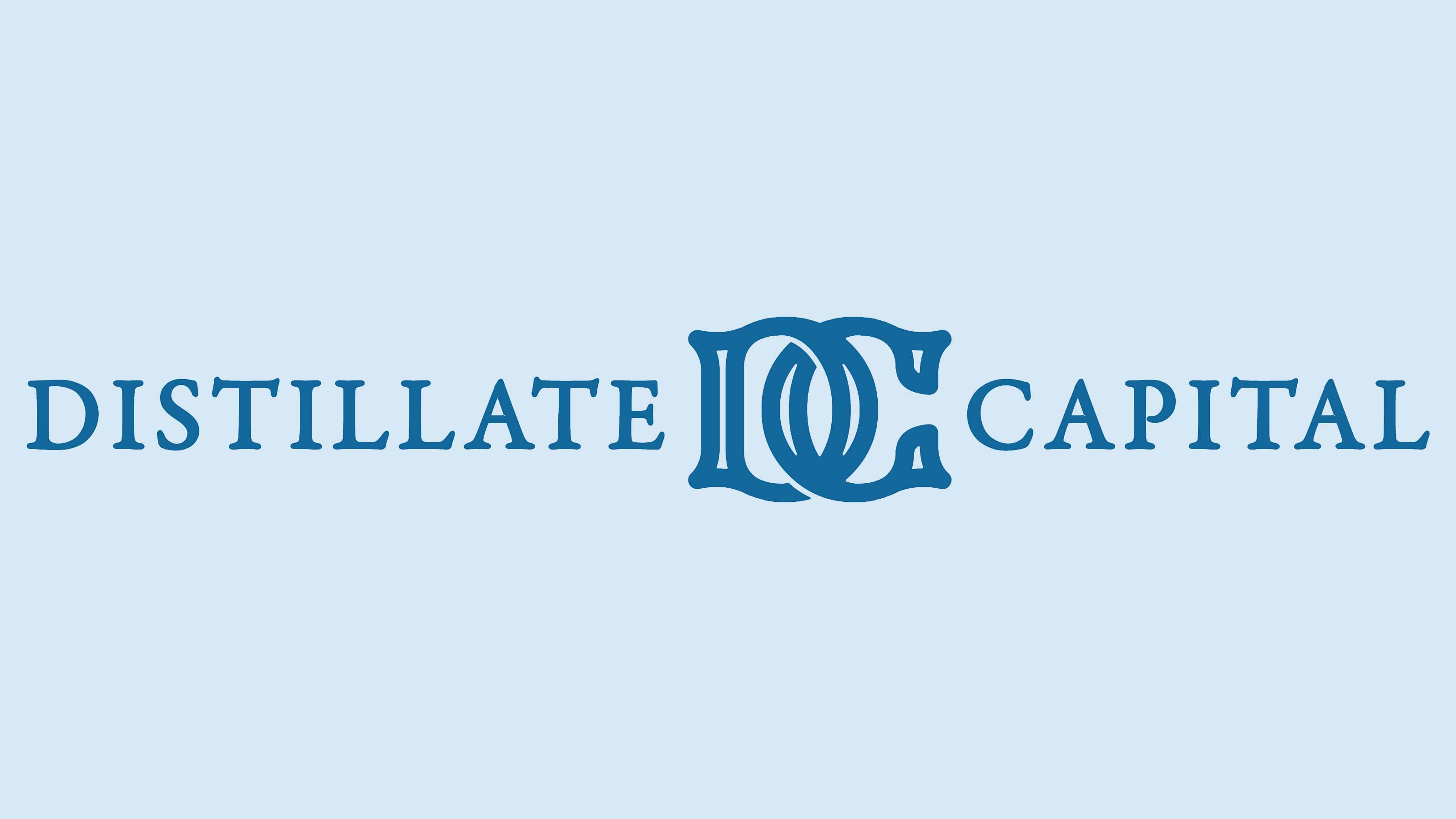
Distillate U.S. Fundamental Stability & Value ETF
- Assets under management: $333.2 million
- Dividend yield: 1.0%
- Expenses: 0.39%
While we're on the topic of different valuation methods, let's look at another young fund: the Distillate U.S. Fundamental Stability & Value ETF (DSTL, $41.11), which launched on Oct. 23, 2018.
Many value ETFs (including VTV and FVAL) utilize metrics such as P/E and P/S to measure value. However, DSTL is hyper-focused on free cash flow (the cash profits left over after a company does any capital spending necessary to maintain the business) divided by its enterprise value (another way to measure a company's size that starts with market capitalization, then factors in debt owed and cash on hand).
This "free cash flow yield" is much more reliable than valuations based on earnings, says Thomas Cole, CEO and co-founder of Distillate Capital. That's because companies tend to report multiple types of profits – ones that comply with generally accepted accounting principles (GAAP), but increasingly, ones that don't, too.
DSTL starts out with 500 of the largest U.S. companies, then weeds out ones that are expensive based on its definition of value, as well as those with high debt and/or volatile cash flows. Like FVAL, the resulting portfolio has a few eyebrow-raisers, including information technology as the largest holding at 23% of assets, and top-10 holdings including the likes of Facebook (FB) and Home Depot (HD).
But it's hard to argue with performance. While DSTL is roughly middle-of-the-pack over the past year, since inception, it has outperformed the S&P 500 by about 20 percentage points and many large-cap value ETFs by between 30 and 40 percentage points. Thus, we have kept DSTL in our annual list of the best ETFs to buy for yet another year.
"We think value works. We don't think it ever really stopped working," says Thomas Cole, CEO and co-founder of Distillate Capital. "What has stopped working are the metrics that legacy value investors have been most associated with."
Learn more about DSTL at the Distillate Capital provider site.
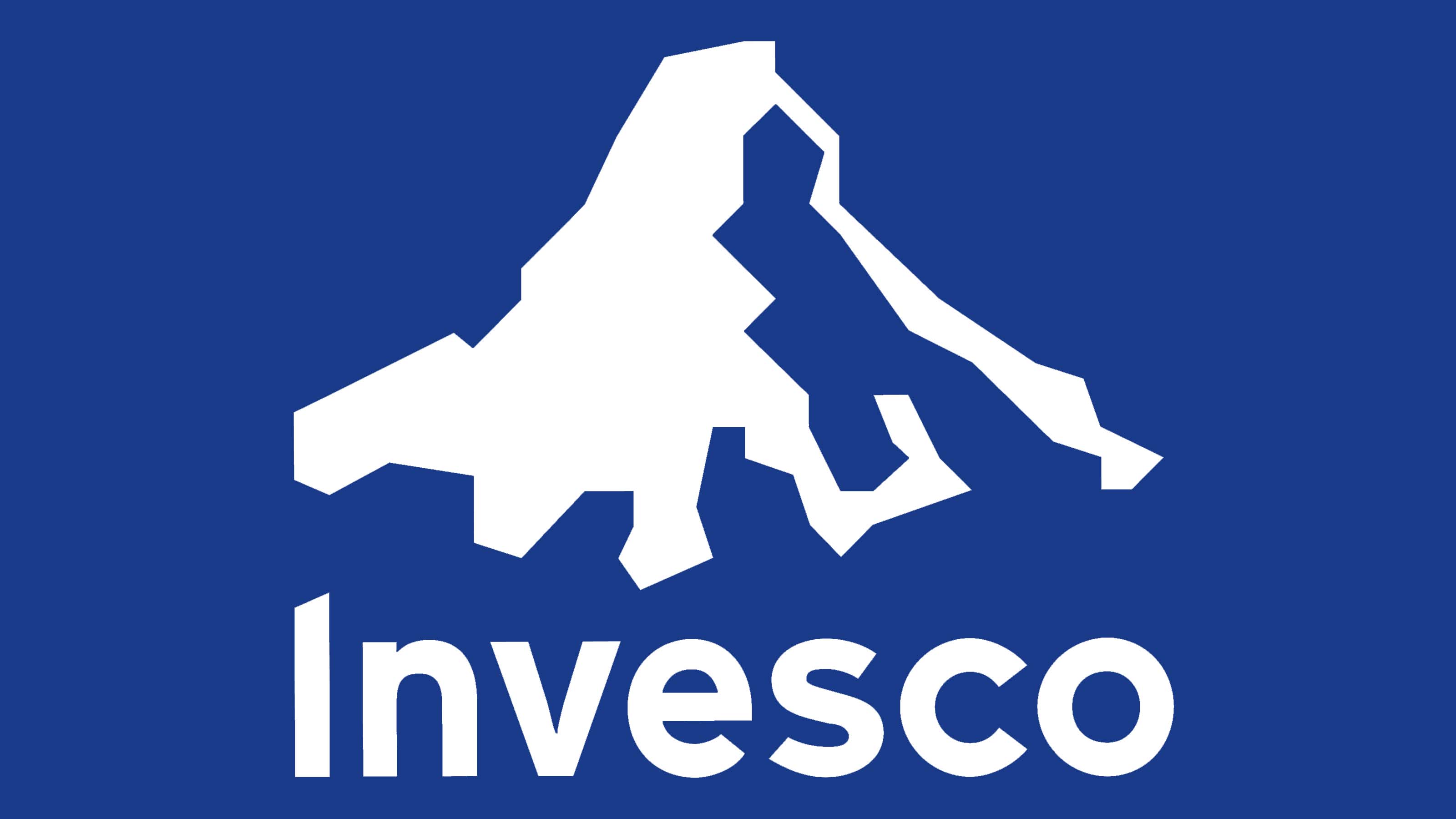
Invesco S&P 500 Enhanced Value ETF
- Assets under management: $130.6 million
- Dividend yield: 2.2%
- Expenses: 0.13%
Some investors like to keep things simple and familiar – say, investing in value stocks from the well-worn S&P 500.
But several funds offer this kind of exposure. The Invesco S&P 500 Enhanced Value ETF (SPVU, $43.02) stands out for its relative aggressiveness.
Nothing in the methodology really screams out. The index provider, S&P Dow Jones Indices, evaluates the P/B, trailing P/E and P/S of all S&P 500 companies and generates a "value score" based on those metrics. It then selects the 100 best-scoring stocks to put in SPVU's underlying index, and companies are then weighted by multiplying their market cap and value score.
However, while SPVU's longer-term performance is roughly on par with other S&P 500 value ETFs, it tends to get there on different flights. Namely, SPVU tends to dip deeper when value is weak, but explode higher when value is back in style. That includes in 2020, when it dropped peak-to-trough by 10 percentage points more than its peers, but also since then, rebounding by about 35 percentage points better.
Invesco's fund is split roughly 70/30 between large and mid-cap stocks, and it has a heavy overweight in financials (43% of assets). The only other double-digit holding is healthcare at 17%, with consumer discretionary and energy each getting 9% weights. Top holdings at the moment include Bank of America (BAC) and Exxon Mobil (XOM), each of which command more than 5% of assets.

Vanguard Mega Cap Value ETF
- Assets under management: $4.4 billion
- Dividend yield: 2.2%
- Expenses: 0.07%
If you wrap yourself in large, blue-chip stocks like a warm blanket, the Vanguard Mega Cap Value ETF (MGV, $100.28) is likely your style.
There's nothing subtle about MGV. The fund simply tracks a basket of the largest U.S. stocks by market capitalization. While a mega-cap stock traditionally is thought to be $200 billion or larger, the average size of MGV's holdings is currently around $144 billion – still gigantic. And like VTV, value is determined by P/B, forward P/E, historical P/E, P/S and P/D.
Top holdings are exactly what you'd imagine: a who's who of gigantic value names. Berkshire Hathaway. JPMorgan Chase. Johnson & Johnson. And this focus on mega-cap value also results in a dividend yield that's decently higher than the 1.5% paid out by the S&P 500.
There are a few surprises at the butt end of the holdings list, most notably a small investment in $34 billion Rocket Cos. (RKT). However, positions like these are marginal, providing very little push or pull on the ETF.
Like the rest of these value ETFs, sector weightings might change over time depending on how the market prices them, but currently financials lead at 24% of assets, followed by healthcare (21%), industrials (14%) and consumer staples (11%).
And with most things Vanguard, MGV won't cost you much to hold, at just 7 basis points in annual expenses.
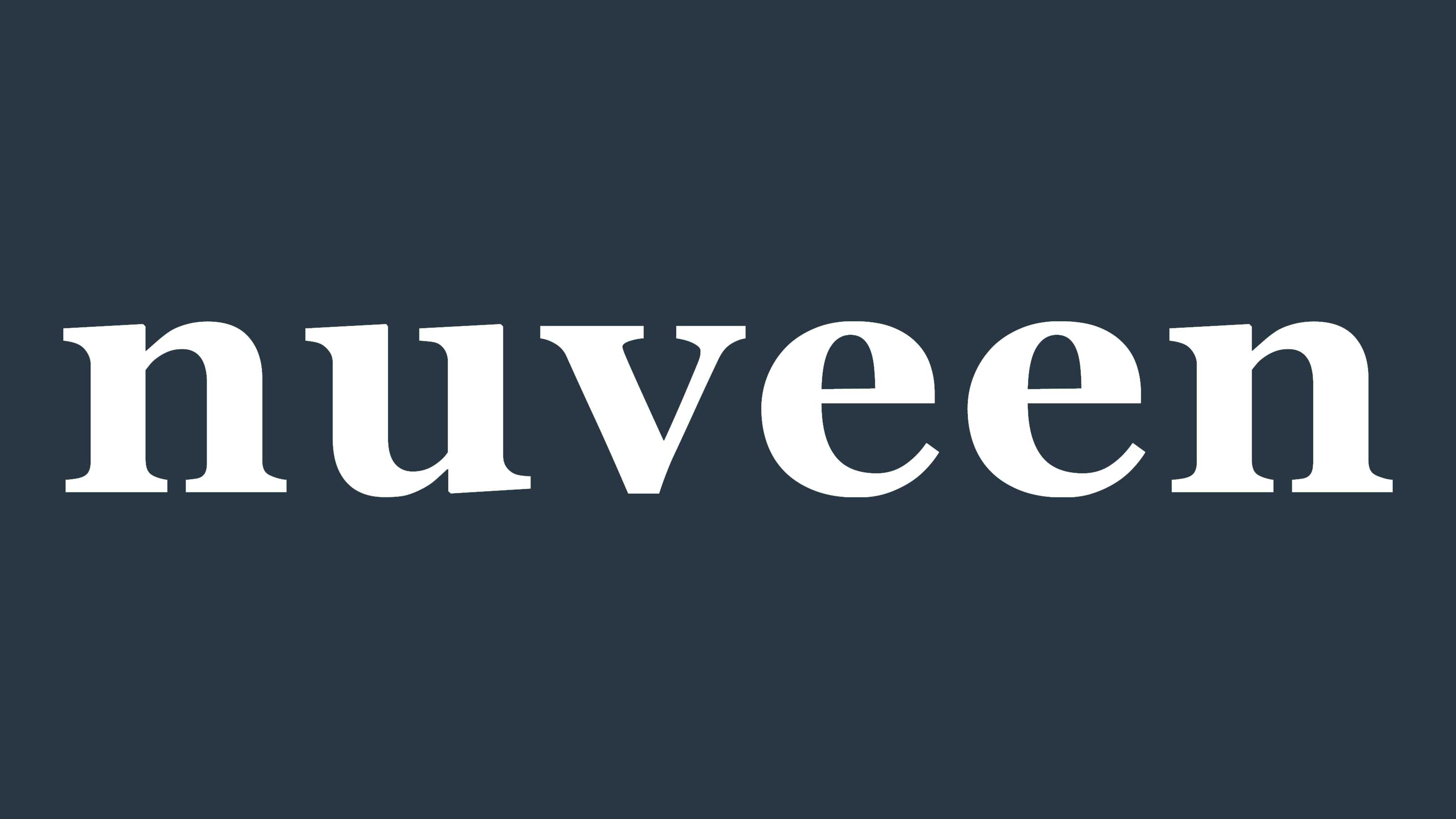
Nuveen ESG Large-Cap Value ETF
- Assets under management: $947.4 million
- Dividend yield: 1.3%
- Expenses: 0.35%
Increasingly, investors are becoming interested in companies that are trying to "do better" – whether it's by their employees or the world around them. That has led to an explosion in popularity of products centered around environmental, social and corporate governance (ESG) qualities.
The Nuveen ESG Large-Cap Value ETF (NULV, $37.98) is one such product, blending the value factor with ESG qualities. Specifically, NULV tracks the TIAA ESG USA Large-Cap Value Index, which includes equities that "adhere to predetermined ESG, controversial business involvement and low-carbon screening criteria."
The name says "large-cap," and indeed, nearly three-quarters of the portfolio is invested in large companies. However, the remaining quarter is invested into mid-caps, which typically are considered "growthier" than their bigger brethren.
Like many of the other value ETFs on this list, financials are the largest sector weight, at 21% of assets. NULV also provides decent-sized exposure to healthcare (15%), industrials (14%), technology (13%) and consumer staples (12%). The nearly 190-stock portfolio isn't terribly lopsided, either – top three holdings Procter & Gamble (PG), Home Depot and Coca-Cola (KO) collectively make up less than 8% of assets.
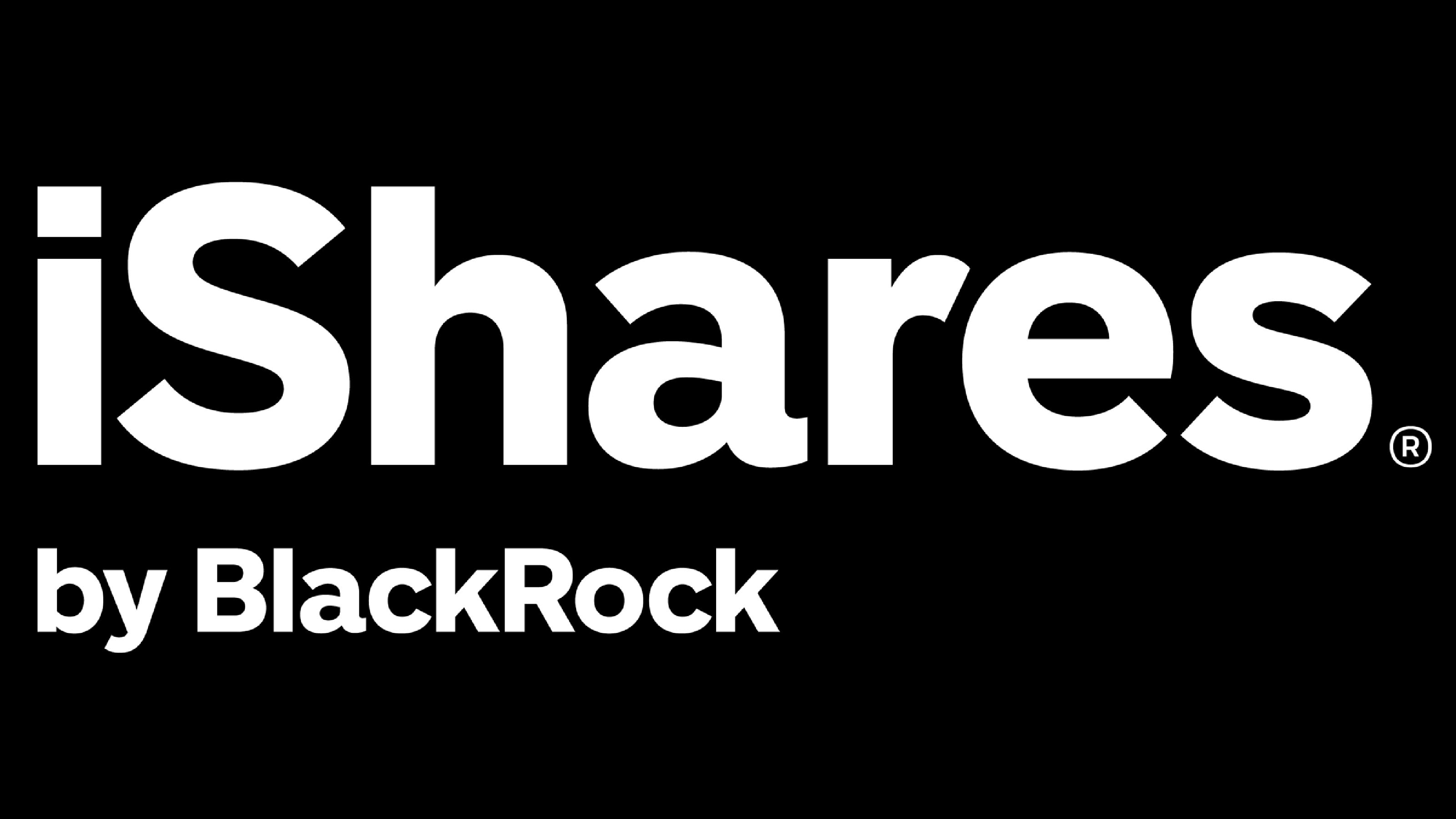
iShares Russell Mid-Cap Value ETF
- Assets under management: $13.9 billion
- Dividend yield: 1.4%
- Expenses: 0.24%
Some investors might prefer a more concentrated portfolio of mid-caps. And why not? Mid-cap stocks are often considered a "goldilocks" investment – they typically have greater resources and access to capital than small caps, but they frequently boast better growth potential than larger firms.
And for that, we're going to look to another popular source of low-cost core products: iShares.
The iShares Russell Mid-Cap Value (IWS, $114.17) is a wide collection of roughly 700 U.S. mid-cap stocks that feature lower price-to-book metrics than their peers. However, the fund also boasts lower P/E and P/S ratios than the category average, and a higher yield to boot, even though those metrics aren't part of IWS's value methodology.
The sector breakdown here is a bit different than the other funds we've looked at so far. While industrials (16%) and financials (16%) aren't much of a surprise as far as weightings go, you do get much more exposure to consumer discretionary (14%) and real estate (10%) than you do in many large-cap value ETFs.
Top holdings currently include the likes of Ford (F), paintmaker PPG Industries (PPG) and miner Freeport-McMoRan (FCX).
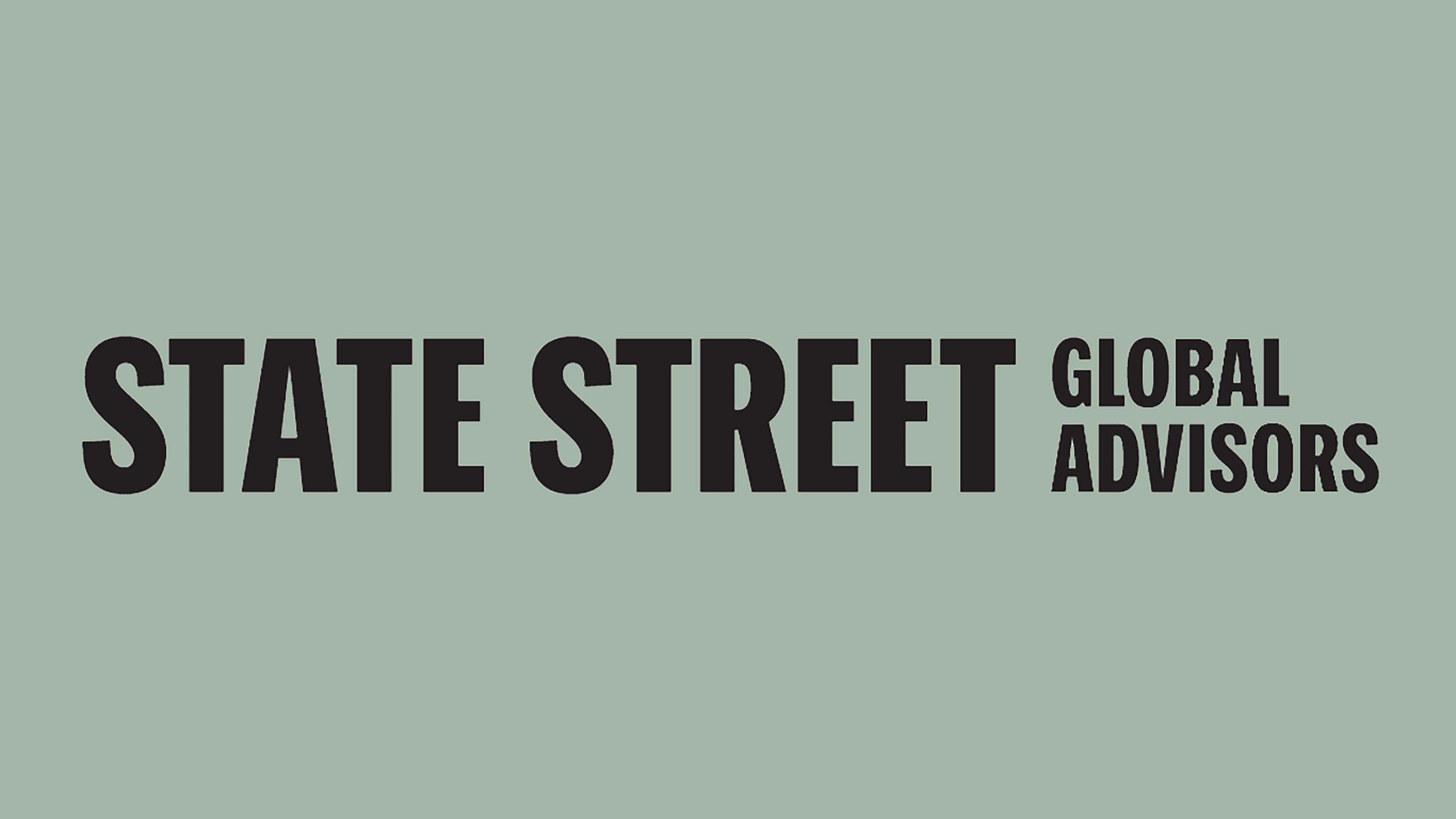
SPDR S&P 600 Small Cap Value ETF
- Assets under management: $4.0 billion
- Dividend yield: 1.2%
- Expenses: 0.15%
While small-cap stocks are typically renowned for their growth potential, some experts believe that there's room for a value component when investing in small companies.
To scratch that itch, we'll tap State Street's SPDR line of ETFs.
The SPDR S&P 600 Small Cap Value ETF (SLYV, $84.06) is a simple slice-and-dice of the S&P Small Cap 600 Index, which includes U.S. companies typically between $600 million and $2.4 billion in market value. SLYV is looking for stocks that have attractive valuations based on P/B, P/E and P/S.
At the moment, most of the S&P 600 qualifies – SLYV holds 475 stocks with an average P/E of about 15. You're deeply invested in financials here, at 25% of the portfolio, with significant holdings in industrials (18%) and consumer discretionary (15%), as well as a decent slug in real estate (9%).
Holdings here tend to fall under the radar compared to those in the aforementioned value ETFs. You might not know top-10 holdings such as regional banks Ameris Bancorp (ABCB) and Pacific Premier Bancorp (PPBI). But you might be more familiar with struggling retailers Macy's (M) and GameStop (GME), which sit atop the list. Either way, you don't have to worry about any one name making or breaking SLYV's performance – no single holding accounts for more than 1% of assets.
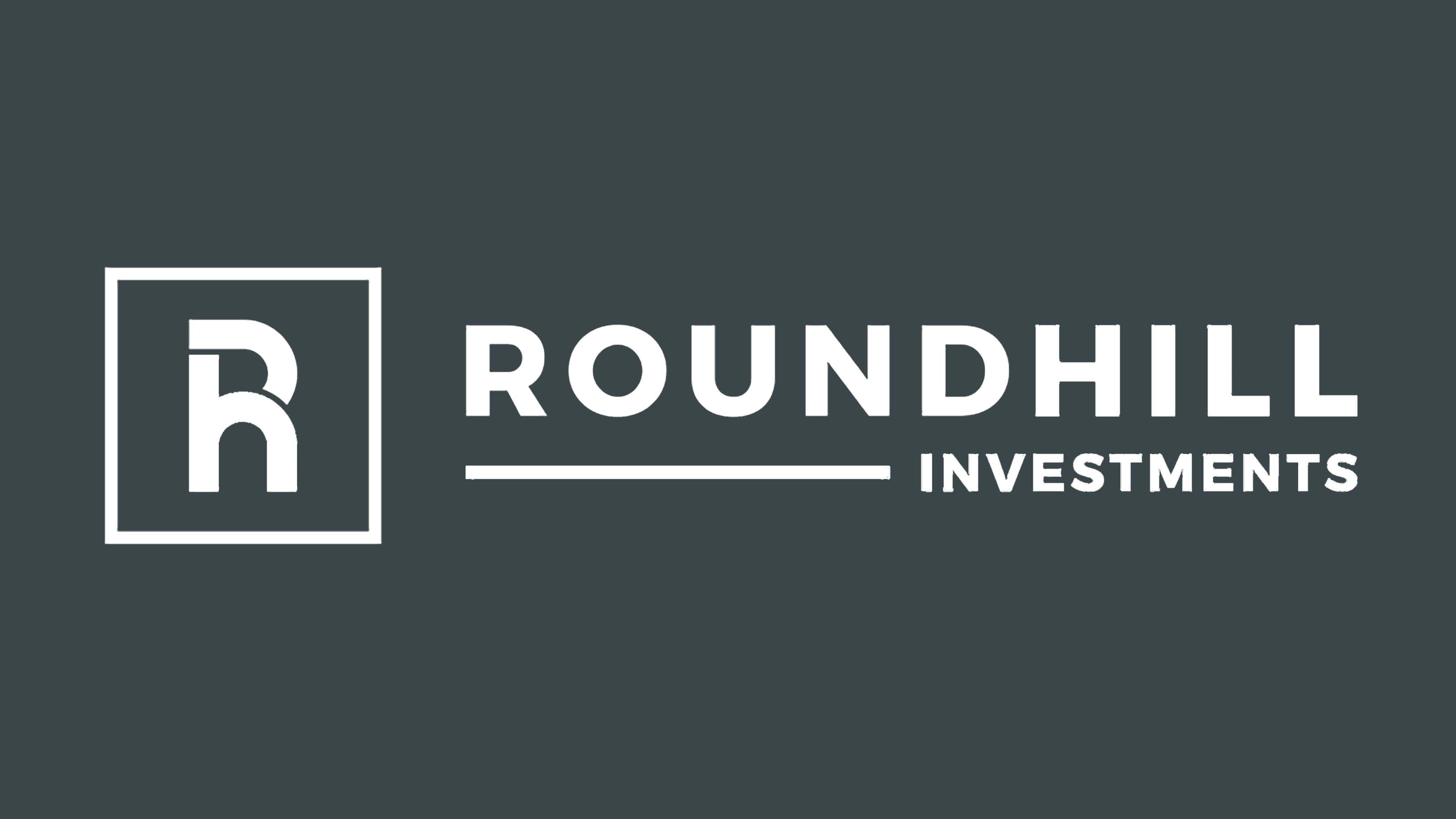
Roundhill Acquirers Deep Value ETF
- Assets under management: $48.2 million
- Dividend yield: 1.3%
- Expenses: 0.80%
A more aggressive take on the small-cap value front is the Roundhill Acquirers Deep Value ETF (DEEP, $35.75), which targets "deeply undervalued small-and-microcap stocks."
It does so using "The Acquirer's Multiple" – a valuation metric published in 2014 by Tobias Carlisle, founder and managing director of Acquirers Funds. Like with DSTL, The Acquirer's Multiple focuses on enterprise value, but instead divides it by operating earnings. According to the site dedicated to this multiple:
"Calculating operating earnings from the top down standardizes the metric, making a comparison across companies, industries and sectors possible, and, by excluding special items – earnings that a company does not expect to recur in future years – ensures that these earnings are related only to operations."
This 100-stock portfolio has a small amount (5%) of mid-cap exposure, but is primarily small caps (78%) and microcaps (17%). The portfolio is balanced across stocks, with each holding set at a 1% weight at every quarterly rebalancing; top holdings such as Big 5 Sporting Goods (BGFV) and bottle manufacturer O-I Glass (OI) are closer to 1.5% thanks to their share movements since the last rebalance.
But DEEP is significantly lopsided from a sector perspective, at least at the moment. Slightly more than a third of assets are invested in the financial sector, with another 24% to industrials and 16% in consumer discretionary stocks. The remaining quarter or so of the fund is scattered amongst the other seven GICS sectors.
Unsurprisingly, this aggressive approach can go sideways; Roundhill's fund wildly outperformed both broad small-cap and value indices in 2019 and 2020, for instance. But in an environment that has greatly rewarded both styles, DEEP has thrived – it's up 95% over the past year, versus 76% for the small-cap Russell 2000 and roughly 50% for larger-cap value funds.
Just note that you'll pay for the strategy, with expenses of 0.8% on the pricey side for an index fund.
Learn more about DEEP at the Roundhill Investments provider site.
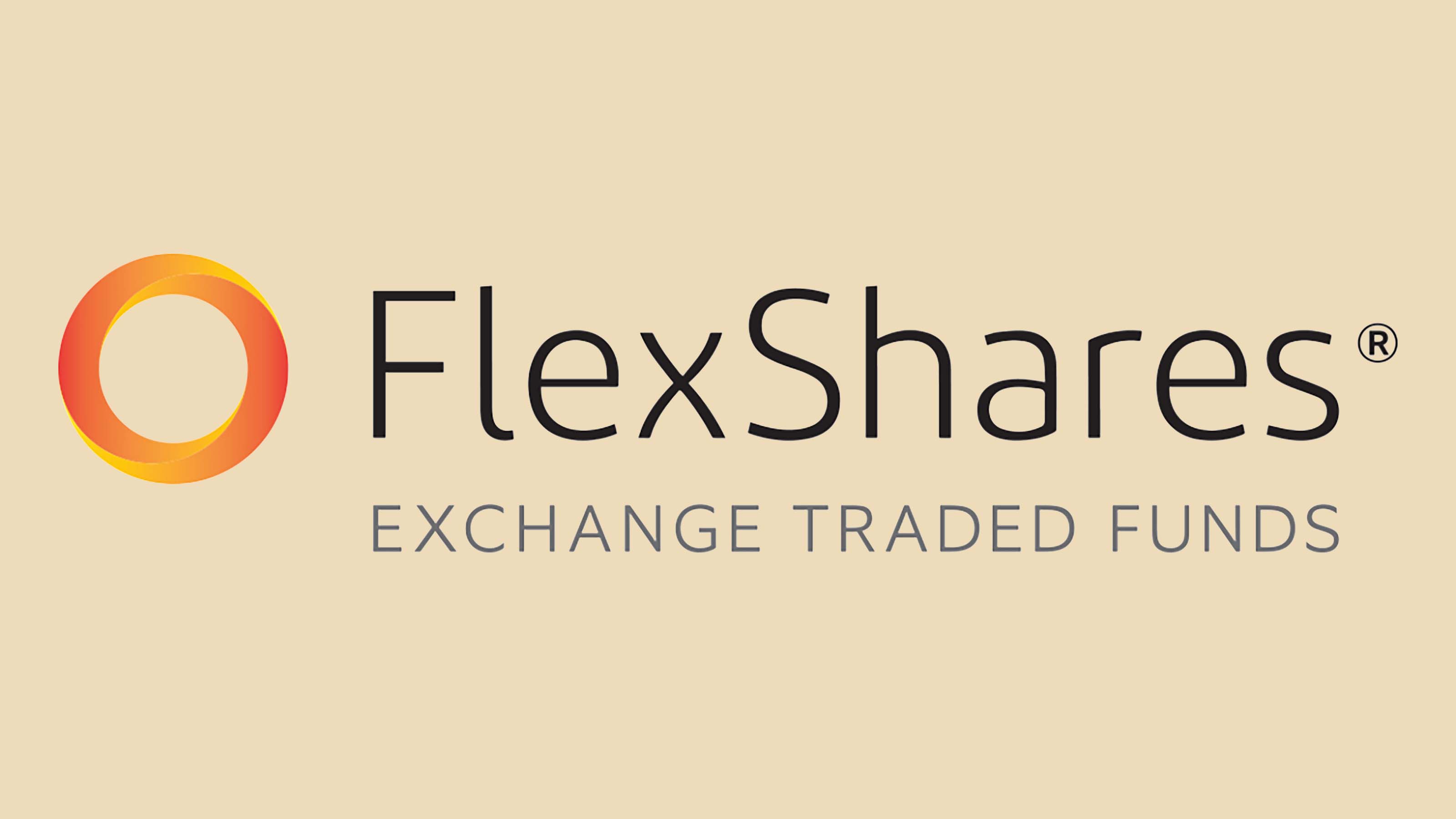
FlexShares International Quality Dividend Defensive ETF
- Assets under management: $72.8 million
- Dividend yield: 2.8%
- Expenses: 0.47%
The overarching connection among the other best value ETFs on this list has been their focus on domestic equities. But international diversification is important, and you can achieve that with a value tilt via the FlexShares International Quality Dividend Defensive ETF (IQDE, $24.32).
While the IQDE isn't a value ETF in ideology, Morningstar categorizes it within Foreign Large Value, and its methodology typically results in a value-focused portfolio. At the moment, about half of assets are invested in value stocks, with another 37% in "core" and 13% in growth.
IQDE takes a group of international dividend payers and scores them based on management efficiency, profitability and cash flow, then further filters for dividend quality. It then applies various diversification controls so no single stock, industry group, sector, country, region and other factors are over-represented.
That doesn't mean IQDE is a perfectly balanced fund. Countries such as Japan (12%) and the U.K. (10%) have more sway than, say, India (5%) and France (4%). There's not a ton of size diversification, either, as the portfolio is about 80% large-caps with the remainder in mid-sized firms.
Sector weightings are pretty well-distributed, however; financials are the top weight at just 17%, followed by consumer discretionary (11%) and information technology (10%).
If you're looking for a more traditional foreign value fund, you could always look at the likes of iShares MSCI EAFE Value ETF (EFV) or Fidelity International Value Factor ETF (FIVA). But if you're not as concerned with purity, IQDE provides ample value exposure while also providing defense and dividends.
Get Kiplinger Today newsletter — free
Profit and prosper with the best of Kiplinger's advice on investing, taxes, retirement, personal finance and much more. Delivered daily. Enter your email in the box and click Sign Me Up.
Kyle Woodley is the Editor-in-Chief of WealthUp, a site dedicated to improving the personal finances and financial literacy of people of all ages. He also writes the weekly The Weekend Tea newsletter, which covers both news and analysis about spending, saving, investing, the economy and more.
Kyle was previously the Senior Investing Editor for Kiplinger.com, and the Managing Editor for InvestorPlace.com before that. His work has appeared in several outlets, including Yahoo! Finance, MSN Money, Barchart, The Globe & Mail and the Nasdaq. He also has appeared as a guest on Fox Business Network and Money Radio, among other shows and podcasts, and he has been quoted in several outlets, including MarketWatch, Vice and Univision. He is a proud graduate of The Ohio State University, where he earned a BA in journalism.
You can check out his thoughts on the markets (and more) at @KyleWoodley.
-
 Stock Market Today: Stocks Gain on Tech, Auto Tariff Talk
Stock Market Today: Stocks Gain on Tech, Auto Tariff TalkThe Trump administration said late Friday that it will temporarily halt tariffs on some Chinese tech imports.
By Karee Venema
-
 Sam's Club Plans Aggressive Expansion: Discover Its New Locations
Sam's Club Plans Aggressive Expansion: Discover Its New LocationsSam's Club expansion plans will open up to 15 new stores each year. Learn where they plan to open in 2025.
By Sean Jackson
-
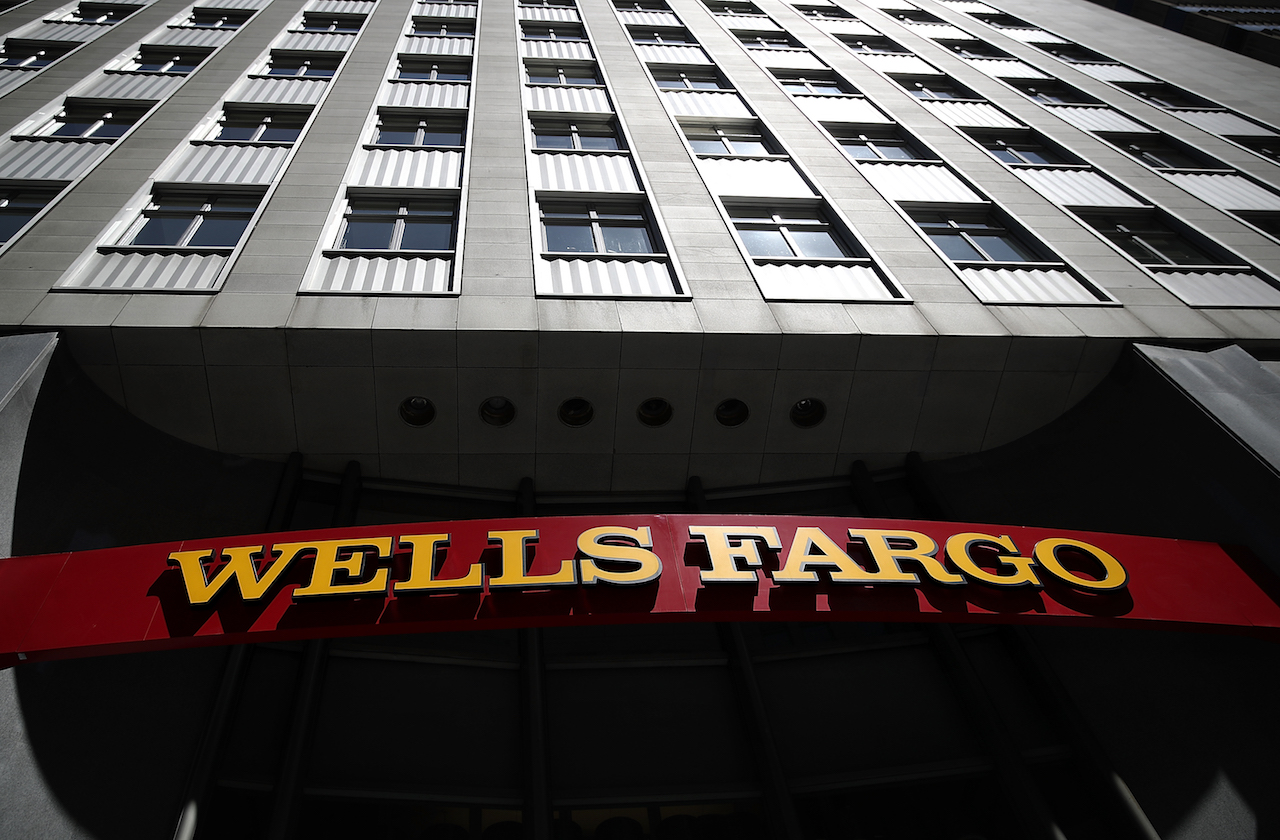 Why Wells Fargo's Revenue Miss Isn't Worrying Wall Street
Why Wells Fargo's Revenue Miss Isn't Worrying Wall StreetWells Fargo is one of the best S&P 500 stocks Wednesday even after the big bank's top-line miss. Here's what you need to know.
By Joey Solitro
-
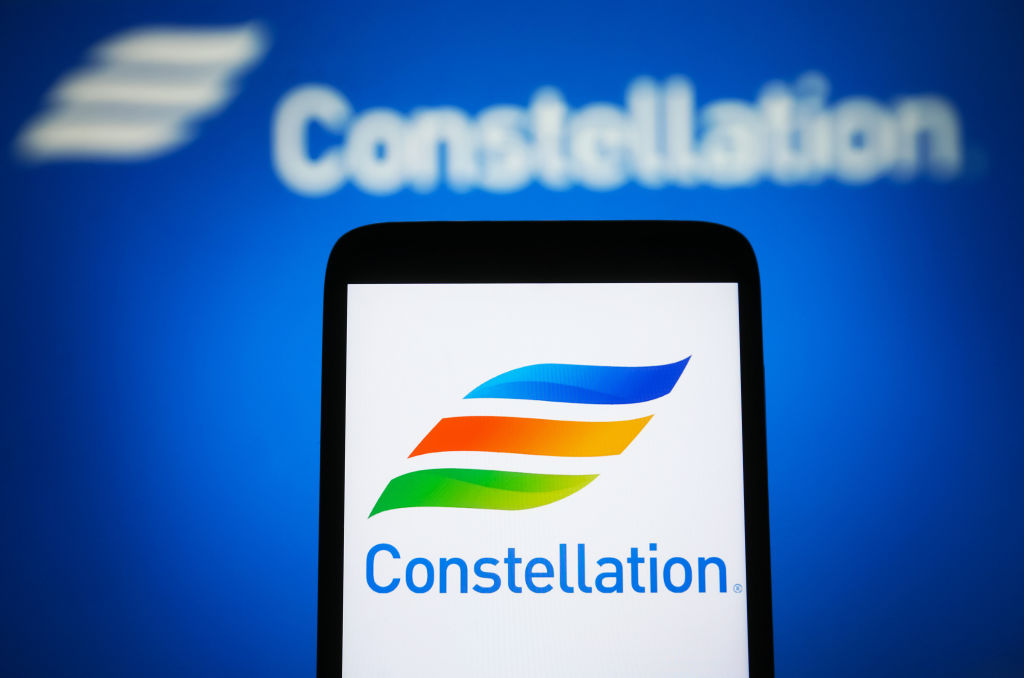 Constellation Energy Stock Soars on Its $26 Billion Buy. Here's Why Wall Street Likes the Deal
Constellation Energy Stock Soars on Its $26 Billion Buy. Here's Why Wall Street Likes the DealConstellation Energy is one of the best S&P 500 stocks Friday after the utility said it will buy Calpine in a cash-and-stock deal valued at $26 billion.
By Joey Solitro
-
 The Cheapest Places To Retire in the US
The Cheapest Places To Retire in the USWhen you're trying to balance a fixed income with an enjoyable retirement, cost of living is a crucial factor to consider.
By Stacy Rapacon
-
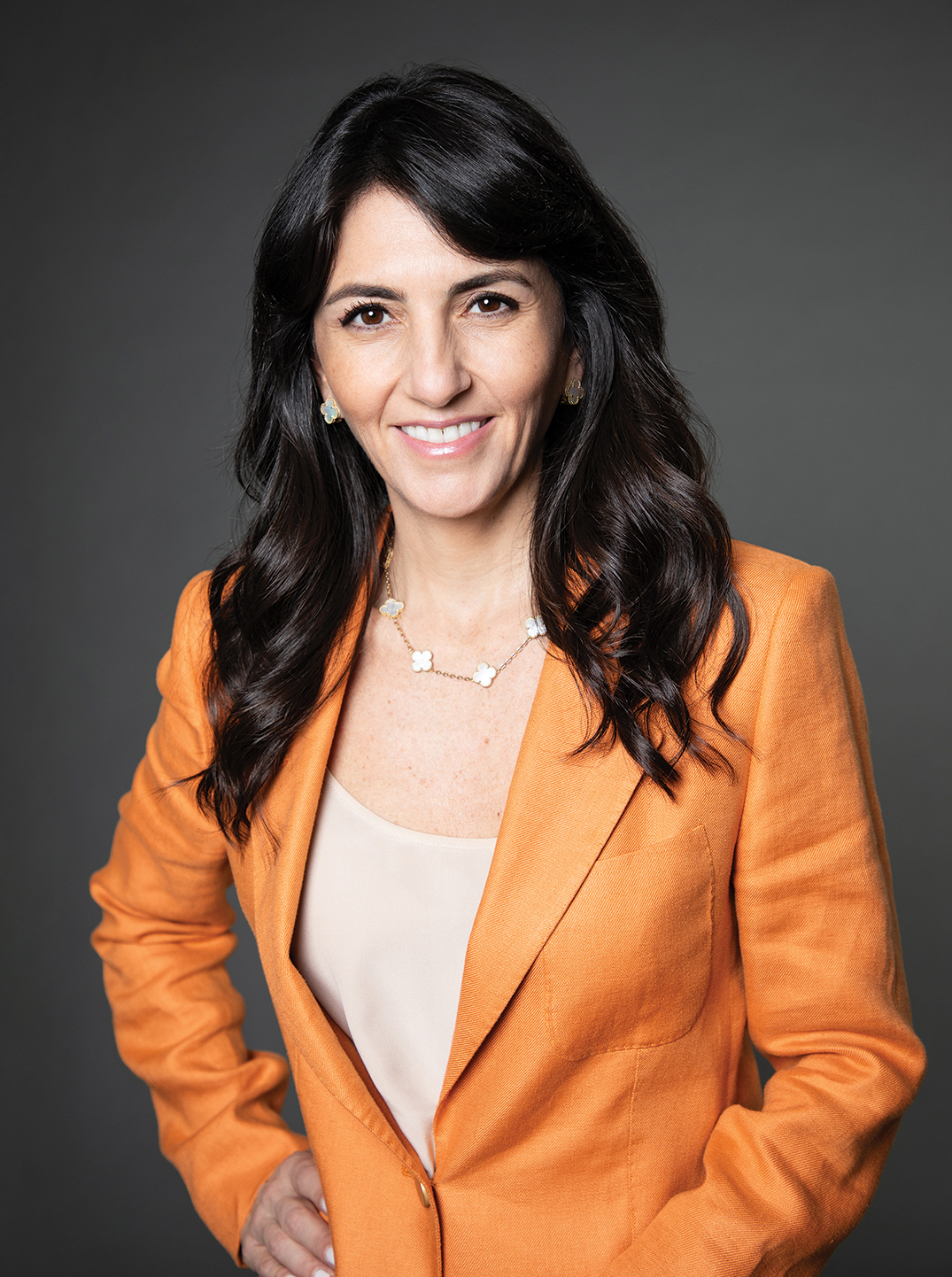 UBS Global's Solita Marcelli: It's a Green Light for U.S. Stocks in 2025
UBS Global's Solita Marcelli: It's a Green Light for U.S. Stocks in 2025A strong economy, rate cuts and continued AI spending should support stocks in the new year, says UBS Global's chief investment officer, Americas.
By Anne Kates Smith
-
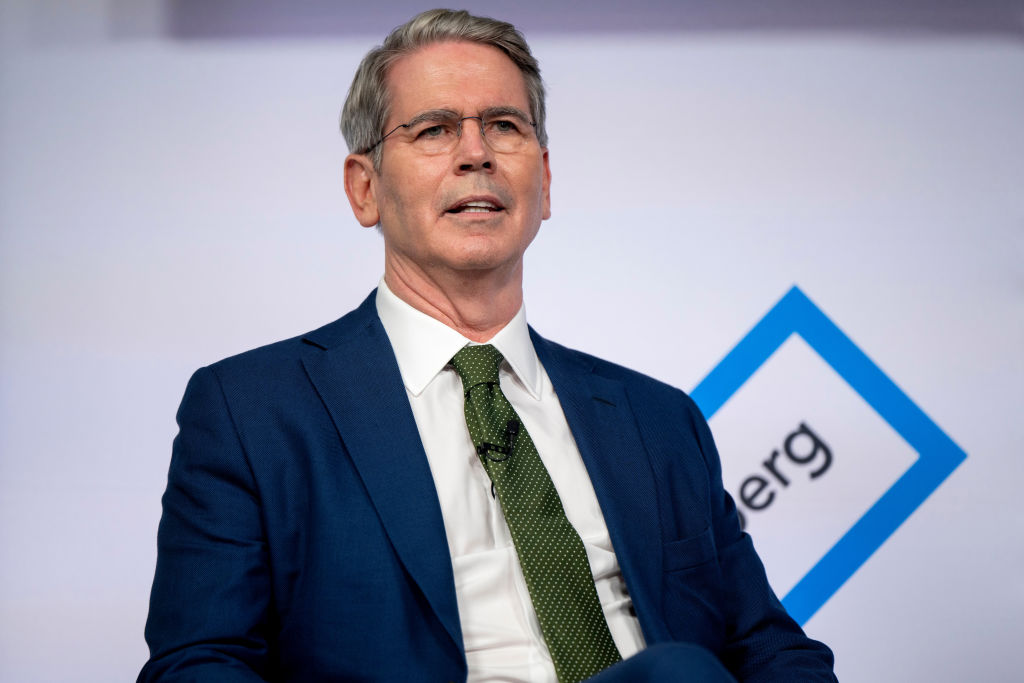 What Scott Bessent's Treasury Secretary Nomination Means for Investors
What Scott Bessent's Treasury Secretary Nomination Means for InvestorsMarkets are reacting positively to Trump's nomination of Scott Bessent for Treasury secretary. Here's why.
By Joey Solitro
-
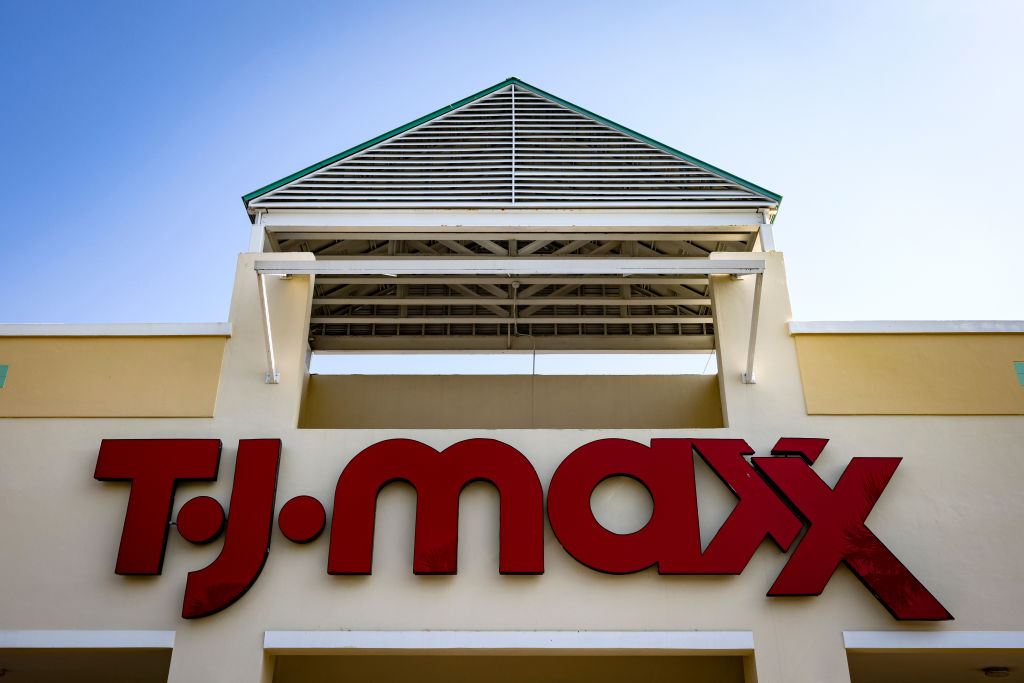 TJX Stock: Wall Street Stays Bullish After Earnings
TJX Stock: Wall Street Stays Bullish After EarningsTJX stock is trading lower Wednesday despite the TJ Maxx owner's beat-and-raise quarter, but analysts aren't worried. Here's why.
By Joey Solitro
-
 Cisco Stock: Why Wall Street Is Bullish After Earnings
Cisco Stock: Why Wall Street Is Bullish After EarningsCisco stock is lower Thursday despite the tech giant's beat-and-raise quarter, but analysts aren't concerned. Here's what you need to know.
By Joey Solitro
-
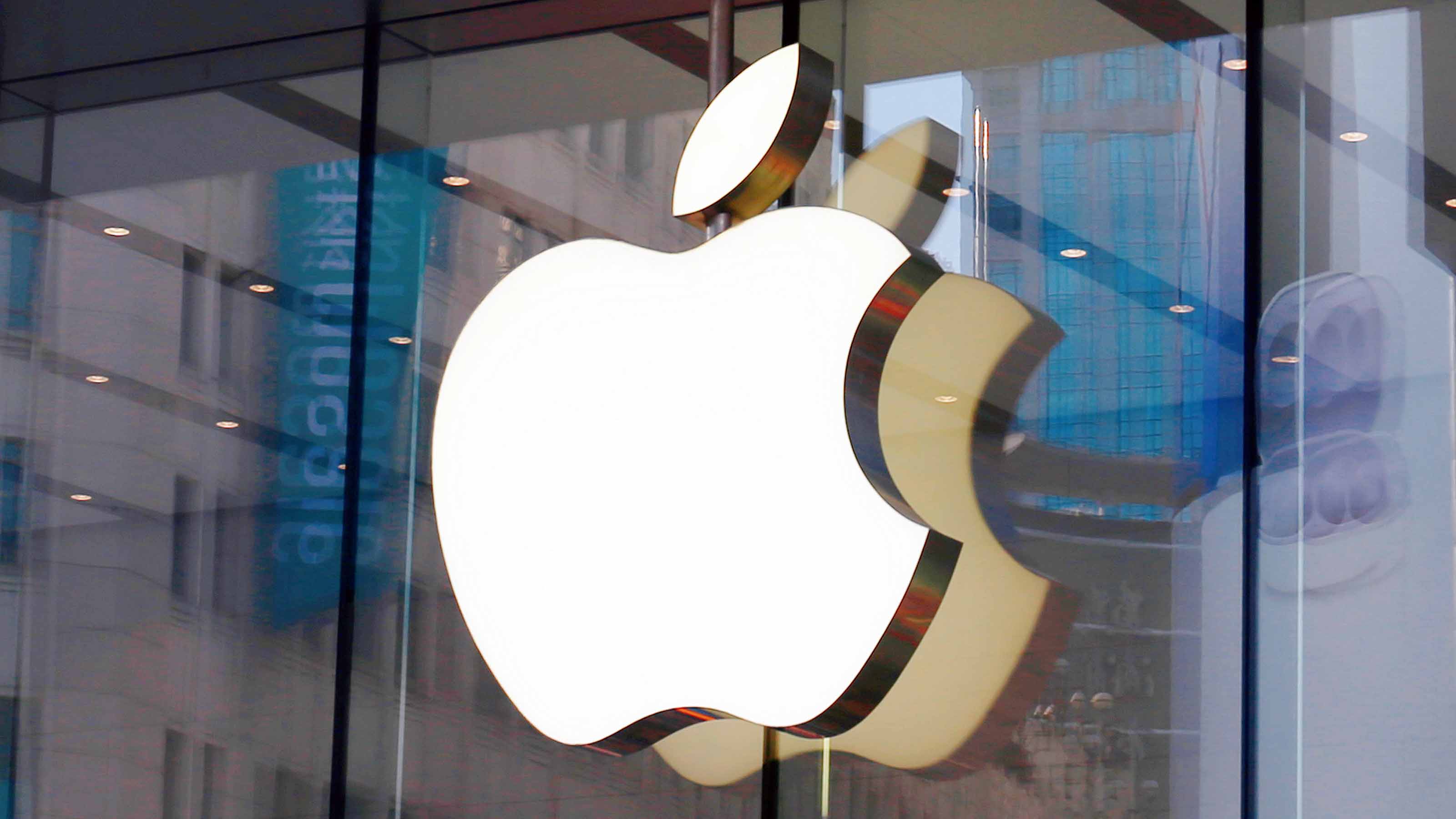 Apple Stock Slips After Earnings. Wall Street Isn't Worried
Apple Stock Slips After Earnings. Wall Street Isn't WorriedApple stock is trading lower Friday despite the iPhone maker beating expectations for its fiscal fourth quarter, but analysts are still bullish.
By Joey Solitro
